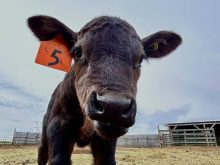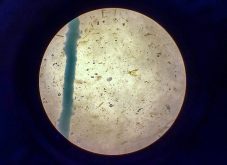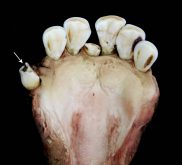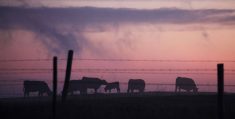An on farm food safety program for beef producers should be all in a day’s work but few have bought into the record keeping program as they face an uncertain future of deflated markets.
In the last year, about 1,000 Alberta beef producers have attended 47 different workshops to learn about food safety certification for their farms. So far, three feedlots have been certified and some cow-calf operations are moving toward it.
“The target is 90 percent of feedlots in three years,” said Joyce Van Donkersgoed. The Lacombe veterinarian and epidemiologist was hired to write and deliver on-farm food safety programs to all sectors of the beef business.
Read Also
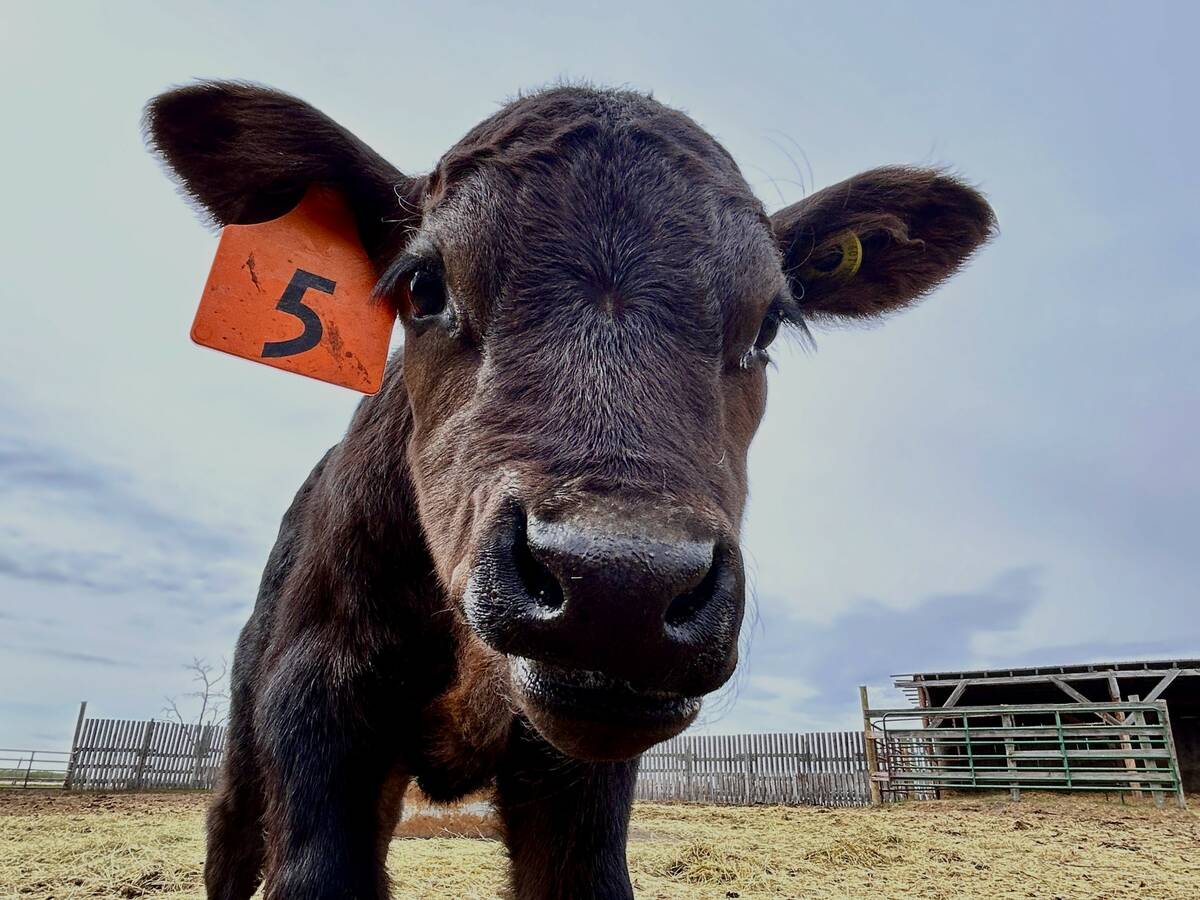
Calf hormone implants can give environmental, financial wins
Hormone implants can lead to bigger calves — reducing greenhouse gas intensity, land use intensity and giving the beef farmer more profit, Manitoba-based model suggests.
Each provincial beef sector is expected to adopt the program called “Quality starts here.” The basic program is suitable for any size of farm, ranch or feedlot and has Canadian Food Inspection Agency approval.
Alberta, Quebec and Ontario are running programs, while other provinces are still in the development stage.
Alberta’s program operates through a nonprofit corporation and is free because of support from all major participants in the beef chain.
The beef program originally focused on animal husbandry practices to improve meat quality. The focus has shifted to animal health and deals with hazards like drug and pesticide residues. It may ultimately include animal welfare guidelines.
The key to the program is diligent record keeping and if problems like drug residues in meat arise, liability could be avoided.
“Your records are where your proof comes from,” said Van Donkersgoed.
Medication questions
Federal government regulations regarding medications are changing and producers need to know prescriptions may be required for commonly used animal drugs. Authorities could question why people use a product like Rumensin for improved productivity.
“A lot of people don’t realize it is an antibiotic,” she said.
That is also in line with increased scrutiny of off-label drug use and medicated feeds. Off-label use could be something as simple as giving more than the recommended dose.
“Feed medication is the biggest challenge for the primary producer and backgrounder,” said Van Donkersgoed.
Producers are advised to work closely with local veterinarians to develop a food safety model and keep up to date on the latest regulatory changes.
The program is voluntary and tends to draw the progressive producers.
Participants receive a detailed package for record keeping, along with a standard operating procedures manual. Many feedlots are already on computerized record programs for feed and pharmaceutical use that meet program requirements.
Cow-calf producers tend to have sketchier records but more are realizing new BSE requirements will force them to note their feed and medication practices.
Those completing the program are audited by an accredited third party the first and third years of their certification. Checklists of activities are required the second year.
Certified farms receive a gate sign and could potentially use the designation for niche marketing programs.





